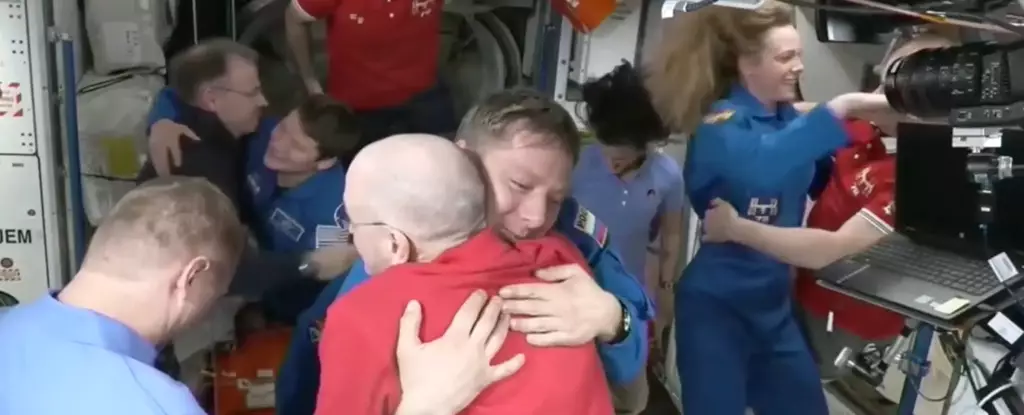In an awe-inspiring display of human ingenuity and collaboration, SpaceX’s Dragon spacecraft has successfully docked with the International Space Station (ISS), facilitating the long-awaited return of U.S. astronauts Butch Wilmore and Suni Williams after an unprecedented nine-month stay in space. The Crew-10 mission, which launched from NASA’s Kennedy Space Center in Florida, exemplifies the unpredictable nature of space exploration while demonstrating the resilience of the human spirit and our quest for knowledge.
Unforeseen Circumstances: An Extended Stay
The return of Wilmore and Williams was initially slated for a brief eight-day mission but was marred by technical difficulties involving Boeing’s Starliner spacecraft. Helium leaks and thruster malfunctions forced NASA to make a tough decision—to return Starliner uncrewed as a precautionary measure. This resulted in Wilmore and Williams unexpectedly becoming the faces of determination, spending months conducting essential research, performing maintenance tasks on the ISS, and contributing to vital system tests.
This deviation from the plan was not merely an inconvenience; it served as an indelible reminder of the challenges inherent in space travel. The astronauts demonstrated remarkable adaptability, pivoting from what could have been a frustrating ordeal into a meaningful opportunity to further scientific progress aboard the ISS.
The Emotional Reunion
When the Crew-10 astronauts docked with the ISS, the scenes broadcasted during their arrival were heartfelt. Watching the jubilant embraces among the crew members, one could almost feel the weight of the last nine months lifting. The significance of human connection, even in the vastness of space, became evident as Wilmore and Williams reunited with the Expedition 72 crew. This emotional moment highlighted the collaborative essence of space exploration, where teamwork and camaraderie can transcend the barriers of isolation.
The Road Ahead: Preparing for Humanity’s Future in Space
The narrative does not end with the successful mission of Crew-10. The astronauts are stepping into a critical role as elements of future missions’ groundwork are laid. As they embark on a six-month term filled with scientific research and testing, they pave the way for even more ambitious endeavors, including potential manned missions to Mars. Each experiment and test conducted on the ISS contributes to a broader understanding of human capabilities in space, crucial for future explorations.
Such missions also illuminate the indispensable partnership between private companies like SpaceX and government agencies like NASA. This collaboration signals a new era in space exploration, where innovation flourishes, and the barriers of accessibility continue to diminish.
So, while the return of Wilmore and Williams is a story of triumph and perseverance, it also serves as a firm reminder of the challenges that lay ahead. As humanity reaches for the stars, each mission presents both an opportunity and a test of our resolve—a complex tapestry of emotions, technical challenges, and shared goals, all woven together in the quest for knowledge beyond our terrestrial home.

